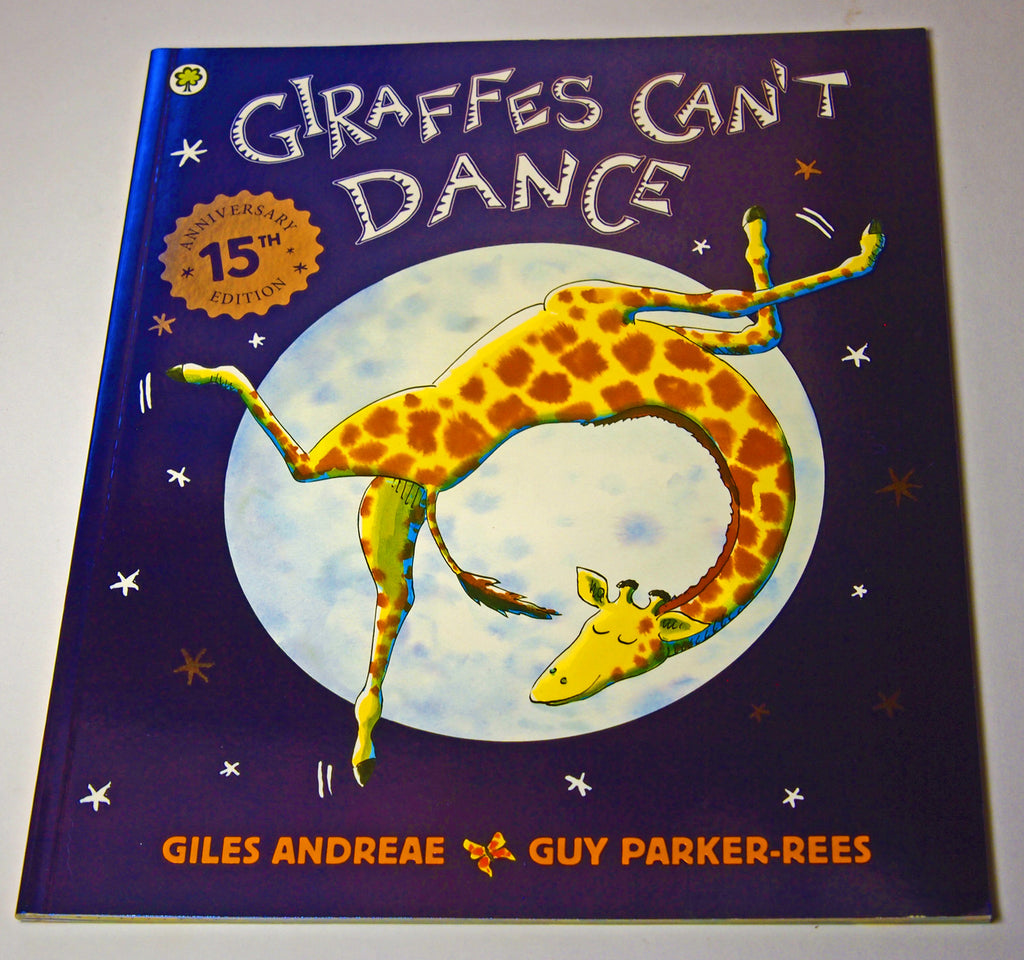Giraffes Can't Dance
One of my favourite stories by one of my favourite authors!
The narrative of 'Giraffes Can't Dance' promotes a message of self-expression and 'dancing to your own tune' both literally and metaphorically.
The central character, Gerald the giraffe, goes on a journey of self-discovery to build the self-confidence needed to dance as if no one is watching! The other characters in the story progress from teasing and mocking Gerald through to apologising for their initial errors when observing his expression of his true inner-self. The story therefore promotes positive social behaviour.
The story is told with beautiful language including the use of rhymes. The words are so carefully chosen that the reader will be drawn to inject a rhythmic, flowing almost 'song-like' quality to them. I consistently find that this beautiful, melodious language helps to draw the child(ren) in and maintain their focus from beginning to end.
The presence of anthropomorphic characters (animals behaving and speaking like humans) this book would not be officially recommended for a Montessori early childhood setting. Strictly speaking, the Montessori approach tries to avoid introducing 'fantasy' stories to children in the early childhood years (that is, under the age of six). The philosophy suggests that a child under the age of six is not readily able to distinguish between 'fantasy' and 'reality', as he/she is still in the process of absorbing impressions of the world, and so books should emphasise reality in order to avoid confusion. Older children - between the ages of six and twelve - are much more able to distinguish between 'real' and 'pretend' and can also better comprehend metaphor. That age group is, therefore, seen to be more ready for stories where animals present allegories about humanity.
That being said, I will happily admit that I do read 'Giraffes Can't Dance' to some of my older pre-schoolers. I find that the quality of the language, and the importance of the message, allow me to feel comfortable with the presence of anthropomorphic animals. I do scaffold this experience by prefacing and concluding the story with a discussion about the fact that animals can not really talk. I also encourage the children to discuss their thoughts about what they think the story represents. Through these discussions I have been satisfied that my pre-schoolers have been able to identify the message and moral despite the presence of talking animals!

